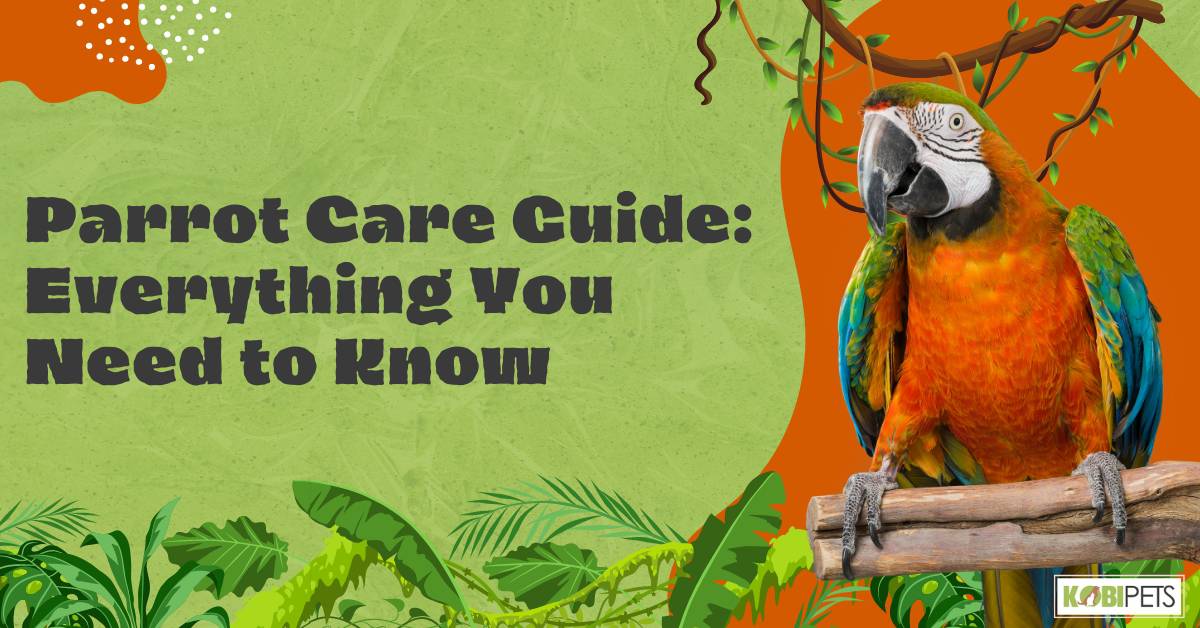
Parrots make great pets, but they require a lot of care and attention. To ensure your parrot stays healthy and happy, you’ll need to provide them with the proper housing environment, regular veterinary check-ups and grooming, as well as training and bonding sessions.
Are you thinking about getting a pet parrot? If so, you need to know how to properly care for your feathered friend! From understanding the ideal environment and housing requirements to learning essential training and bonding tips, this parrot care guide will provide everything you need to know.
Why Parrots Make Great Pets
Parrots are beloved as pets around the world for a number of reasons. They are intelligent and social animals, making them fun and interactive companions. Many parrots can be taught to talk, and some owners have even managed to teach their parrots tricks!
Parrots also form bonds with their owners, giving them loyal companions for life. Of all the different types of parrots, the most commonly kept as pets are lovebirds, conures, African grays, macaws, and cockatiels.
As long as they’re given enough mental stimulation and quality food, these birds make delightful pets who can live up to 20 years or more with proper care!
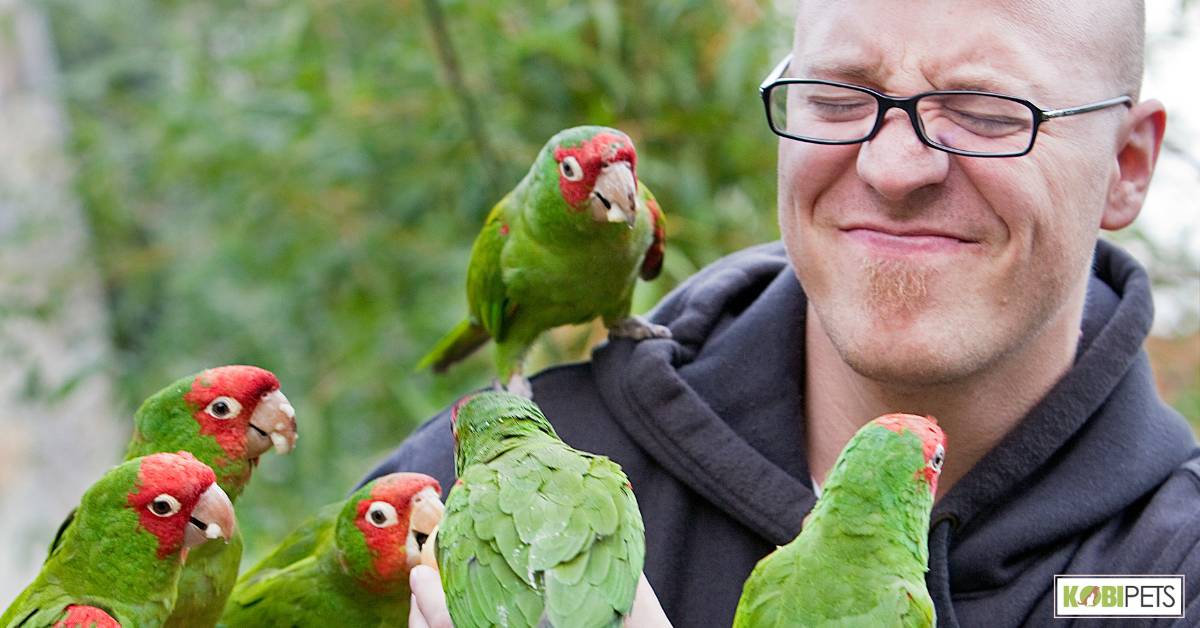
Recommended Breeds for First-Time Owners
For any prospective parrot owners looking for a low-maintenance bird, this guide to recommended breeds for first-time owners provides the perfect starting point. With helpful information about parrot personalities and behaviors, these recommendations can help you make the right decision!
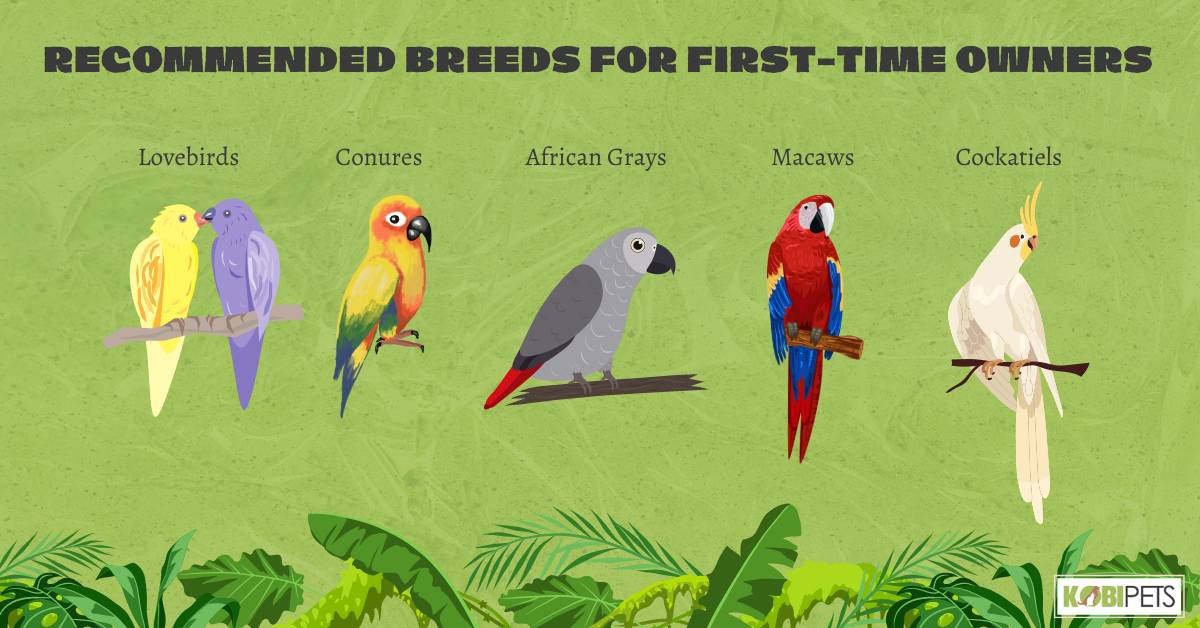
Recommended Breeds for First-Time Owners
Not only will you be able to identify the best bird for your particular situation, but you’ll also gain valuable insight into the world of parrot ownership. Get ready to welcome your feathered friend into your home – one of these breeds may be just right for you!
- Lovebirds: These small, colorful birds are extremely affectionate and social. They require a lot of attention from their owners, but reward it with lots of cuddles and chirps!
- Conures: Conures are inquisitive little birds who love to explore and play around with their toys. They make great first pets due to their ability to bond with humans and learn tricks.
- African Grays: These intelligent birds are known for their ability to mimic human speech, making them some of the most talkative parrots around! They are also very loving birds who enjoy snuggling up with their owners.
- Macaws: These large, beautiful birds are incredibly intelligent and can learn a wide variety of behaviors with proper training. They make great companions for people who have plenty of time to devote to their care.
- Cockatiels: Cockatiels are the perfect pet bird for first-time owners who don’t have a lot of space in their homes. They are gentle and loyal birds who form strong bonds with their owners.
Housing and Environment
Ideal cage size and design
When caring for a parrot, it is of utmost importance to ensure that their housing and surrounding environment are suitable to provide them with a secure, comfortable, and stimulating habitat.
| Type of Parrot | Ideal Cage Size (Length x Width x Height) | Ideal Cage Design |
|---|---|---|
| Lovebird | 20” x 20” x 20” | Bar spacing of ½”, multiple perches, play area |
| Conure | 30” x 20” x 20” | Bar spacing of ¾”, multiple perches, play area |
| African Grey | 36” x 24” x 36” | Bar spacing of 1”, multiple perches, play area |
| Macaw | 48” x 36” x 48” | Bar spacing of 1”, multiple perches, play area |
| Cockatiel | 24” x 18” x 18” | Bar spacing of ½”, multiple perches, play area |
Note: These are general guidelines, and the actual cage size may vary depending on the size of the specific bird. It is important to provide the largest cage possible within your budget and living space.
Requirements for Perches, Toys, and Food Dishes
When housing and caring for a parrot, there are several important requirements to adhere to in providing their living environment. Parrots need access to perches of multiple widths for healthy foot activity, along with an array of exciting toys for occupying and exercising their minds.
Additionally, a variety of food dishes should be available in order to create interest during feeding times, as well as provide the best nutrition possible. All of these factors help ensure that your parrot will have a comfortable and engaging environment within the cage and lead to improved physical health and behavior.
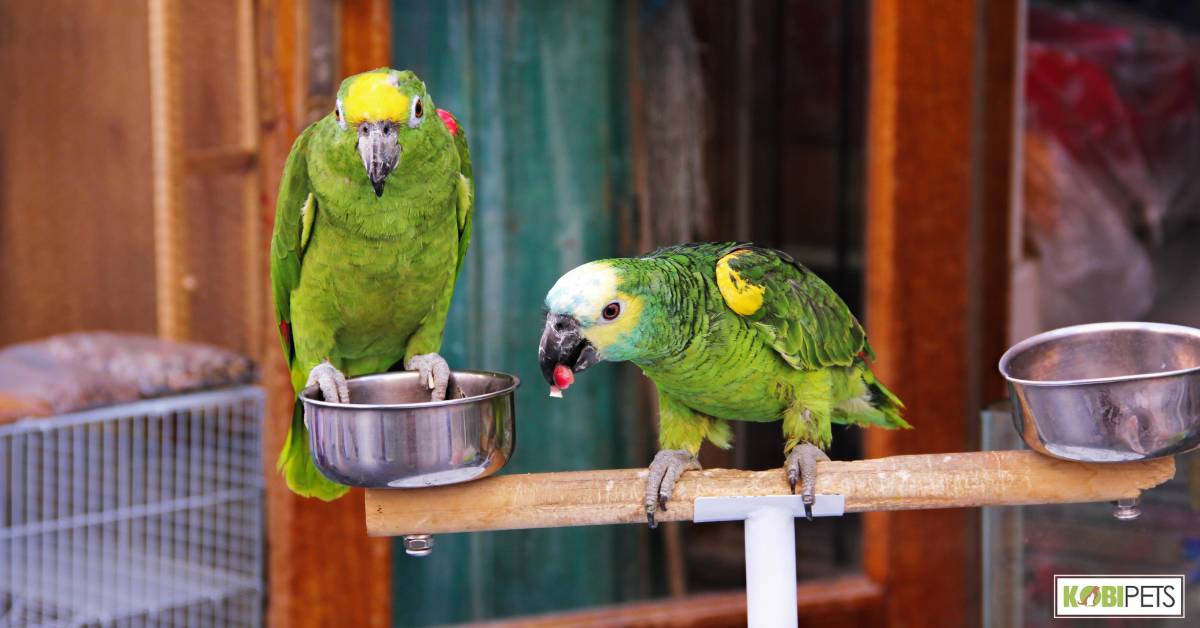
Providing Proper Temperature and Ventilation
Proper temperature and ventilation are essential considerations when it comes to housing and environmental care for a parrot. The temperature should remain between 65 to 85℉ – too hot or too cold can lead to health risks or a decline in a parrot’s well-being.
Similarly, ventilation is necessary as adequate oxygen levels must be maintained. High levels of carbon dioxide, humidity, and poor air quality can reduce the available oxygen needed for a parrot to thrive.
For maximum benefit, an air exchange system should be implemented as this will help to control the relative humidity, and temperature and maintain good air quality throughout the facility. Combined with frequent cleaning, proper temperature, and ventilation are essential for successful housing and environmental care for a parrot.
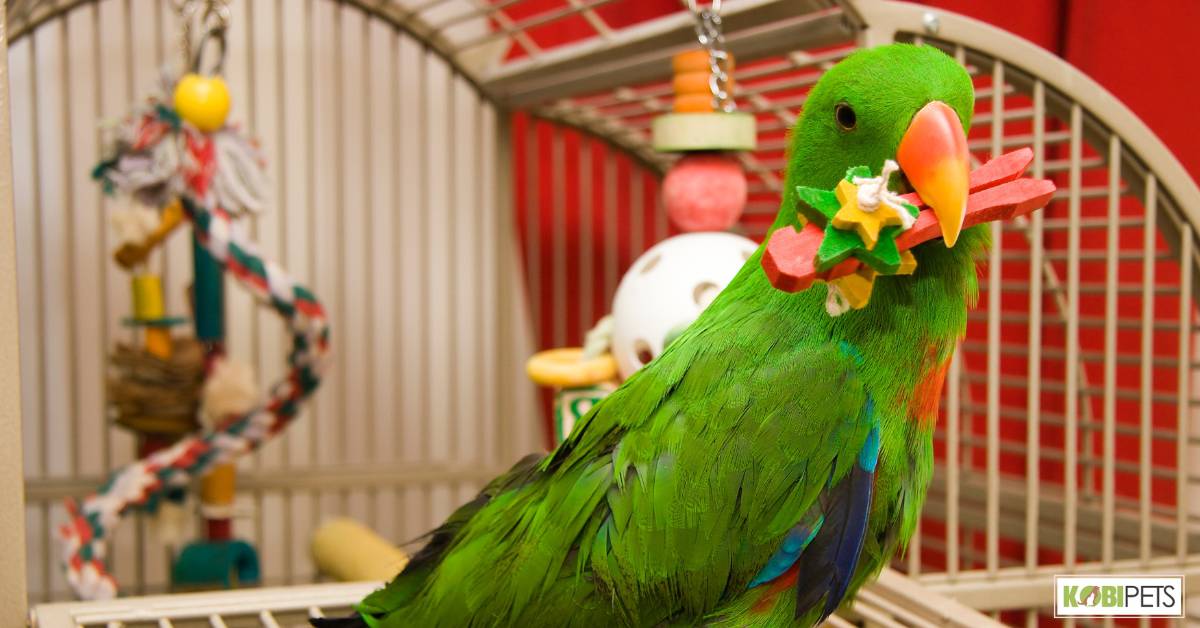
Health and Wellness
Regular Veterinary Check-Ups
When caring for a parrot, regular veterinary check-ups are paramount to ensuring the health and wellness of your feathered friend. These check-ups should include examinations that measure the bird’s weight, eyesight, overall feather condition, and behavior.
Your vet can help you identify any potential health problems before they become serious issues so that you have time to address them appropriately. They can also provide on-hand advice on proper nutrition, discipline, and interaction with your pet, as well as recommend activities to keep your parrot mentally and physically stimulated.
Furthermore, if there is an emergency or accident which requires immediate attention, having a relationship with your vet is invaluable since they will be familiar with the bird’s history and needs.
Taking care of a parrot is rewarding but it does require responsible ownership; make sure to take advantage of regular veterinarian visits to ensure both you and your parrot stay healthy.
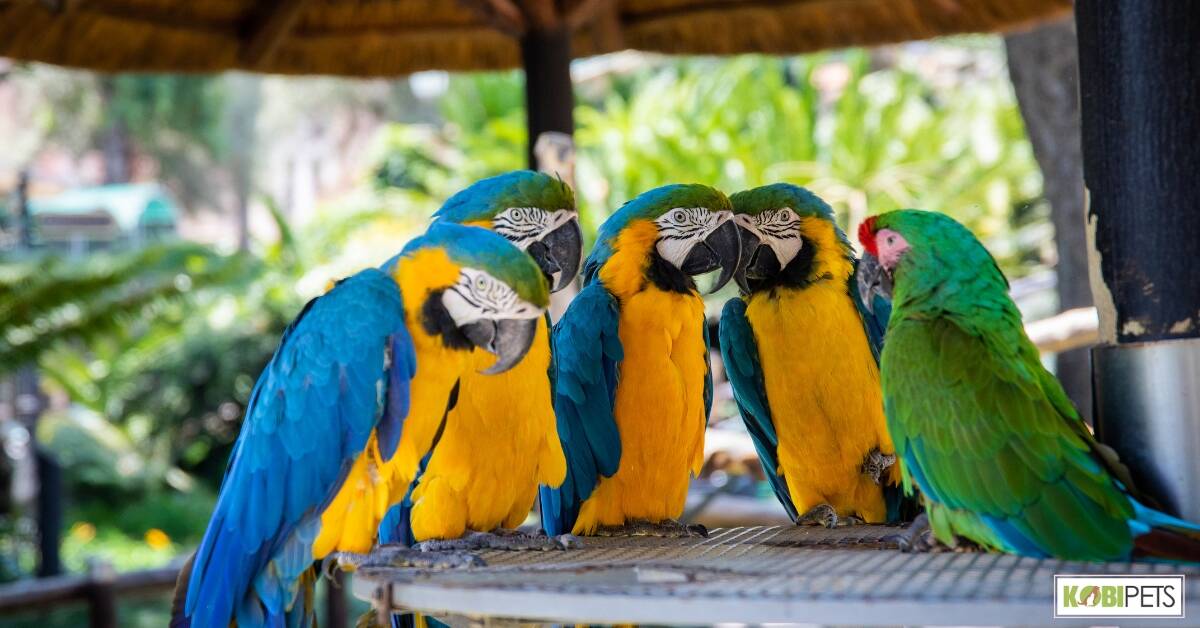
Importance of Regular Grooming and Beak Trimming
Regular grooming is an essential factor when caring for a parrot, as it ensures the bird’s health and well-being. Unkempt feathers can lead to pain, skin issues, and even an inability to fly correctly.
By brushing and combing their feathers regularly, matted feathers can be prevented and their overall health improved. Furthermore, regular beak trimming is necessary to keep the bird’s beak in good condition.
This allows them to eat normally and groom themselves properly. Without this type of thorough care, birds may find it difficult to carry out ordinary activities such as eating or preening themselves efficiently.
Caring for a parrot can be a rewarding experience but ensuring regular grooming for them is absolutely vital for their health and wellness in the long term.
Training and Bonding
Importance of Positive Reinforcement
Positive reinforcement is critical when training and bonding with your parrot. This form of training gives your parrot an opportunity to learn new behaviors while simultaneously creating a relationship built on trust between you and your feathered companion.
Positive reinforcement can be done in the form of treats or verbal rewards, such as kind words or gentle petting. Reinforcement creates an enjoyable experience for both parties, strengthening the connection and teaching desirable behaviors.
It also encourages desirable behaviors to become habits without making the bird scared or anxious; instead, positive reinforcement inspires enthusiasm for learning and strengthens the bond between you and your parrot.
Basic Commands to Start With
Caring for parrots can be a rewarding experience, but it requires commitment and dedication. To make sure that you are able to provide the best care for your parrot, familiarizing yourself with some basic commands is a must.
From teaching them how to get onto their perch to understanding when they need their treats, mastering these commands will help immensely in providing the loving experiences that all parrots deserve.
- Step Up: This command teaches the parrot to step onto a person’s hand or arm when asked.
- Come: Teaching your parrot to come to you when called is a great way to start building trust and forming a bond.
- No: Teach your parrot what behaviors are not acceptable with a firm “No.”
- Go: This command encourages the parrot to move away from you and go to another location, such as its cage.
- Stop: Teach your parrot to stop doing an action when asked with this command.
- Speak/Repeat: Parrots are smart birds and can be taught to mimic words and phrases!
- Give: Encourage your parrot to give toys or objects to you when requested.
- Stay: Use this command to teach your parrot to remain in one place until released from the command.
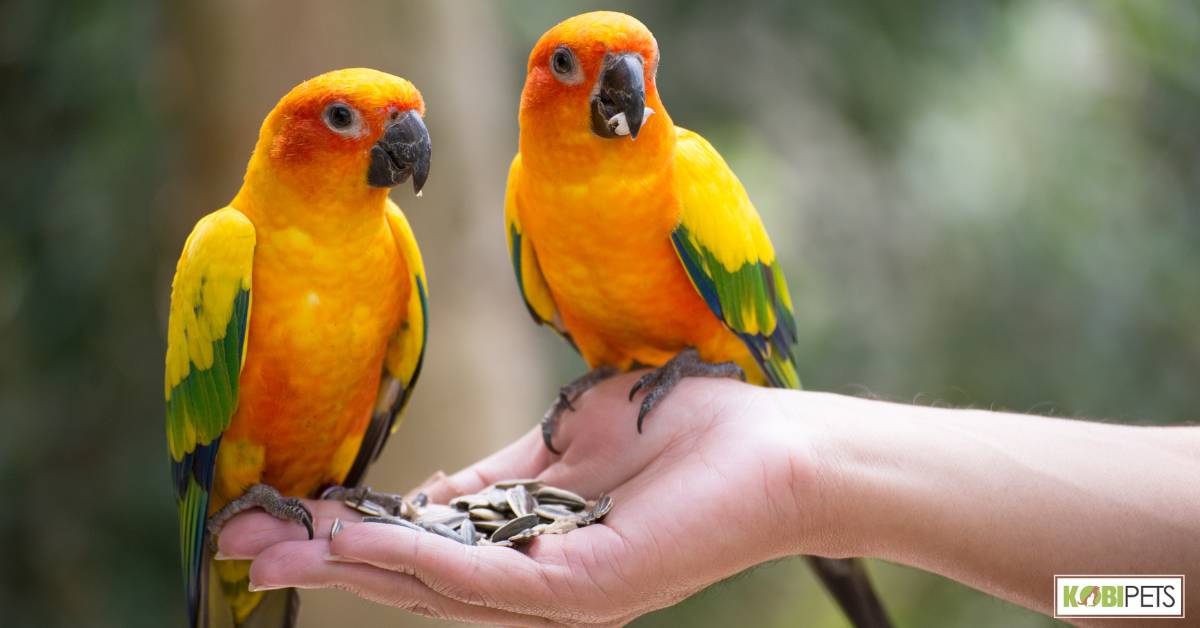
Tips for Bonding With Your Parrot
Parrot care is not just about providing food and living space; it is also about finding ways to bond with your parrot. Regular interaction and attention are key for building strong, meaningful relationships with your feathered companion.
With the right attitude and presence, you can develop a deep connection with your parrot – something that will pay rewards in the long run. Our tips for bonding with your parrot will help take your relationship to the next level.
- Spend quality time with your parrot: Get to know them by spending quality time with them each day. Talk, read, or sing to your feathered friend and engage in activities that they enjoy.
- Offer treats as rewards: Treats are a great way to bond with your parrot! Offer healthy treats as rewards for good behavior and show them that you care.
- Use positive reinforcement: Positive reinforcement is key when bonding with your parrot. Reward behavior with treats, words of encouragement, or gentle petting.
- Provide plenty of mental stimulation: Parrots are intelligent creatures who need plenty of mental stimulation in order to stay happy and healthy. Provide a variety of toys, puzzles, and activities to keep them engaged.
- Handle with care: Handling is an important part of bonding with your parrot, but always make sure to do it in a gentle and caring manner. Never grab or squeeze your bird; instead, use slow movements and speak softly when interacting.
- Take the time to listen: Parrots may not be able to verbally communicate with us, but they do have a lot to say! Listen to your parrot’s vocalizations and body language in order to understand how they are feeling and respond accordingly.
- Respect their space: Although it is important to form a bond with your parrot, it is also essential to give them their own space. Don’t overcrowd or feel like you need to be constantly interacting with them; instead, make sure they have time alone and respect any boundaries they set.
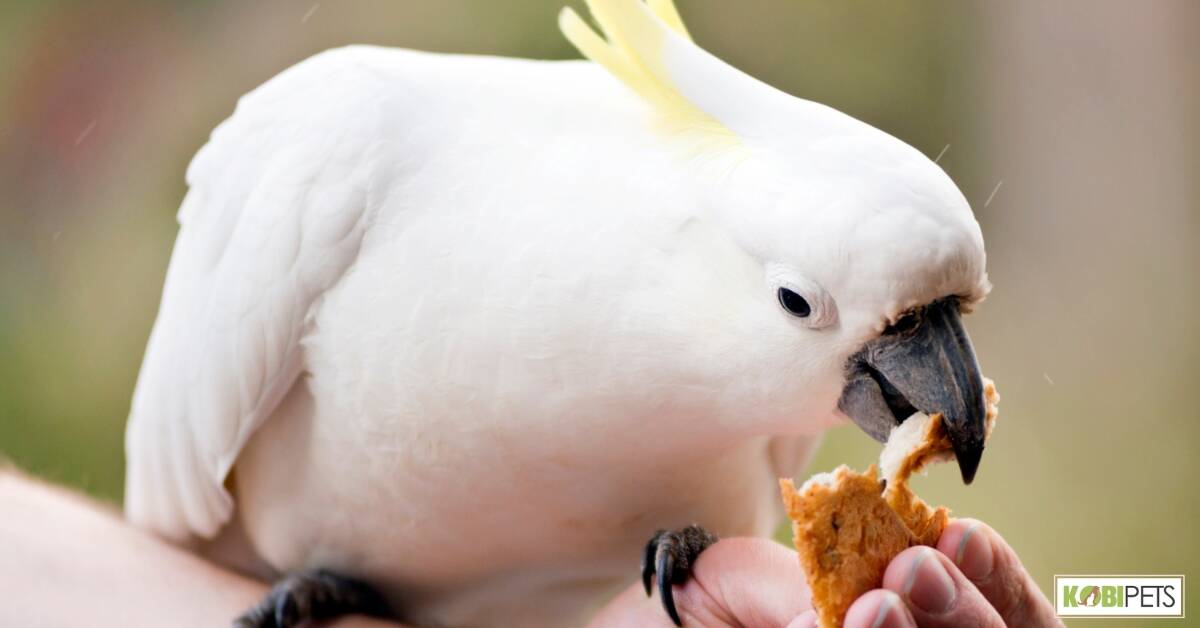
In Conclusion
Caring for a parrot requires much more than providing food and housing. Responsible owners must ensure that their feathered friends have access to mental stimulation and regular veterinary check-ups in order to maintain health and wellness. Additionally, proper grooming and beak trimming is essential for keeping your parrot healthy and happy.






